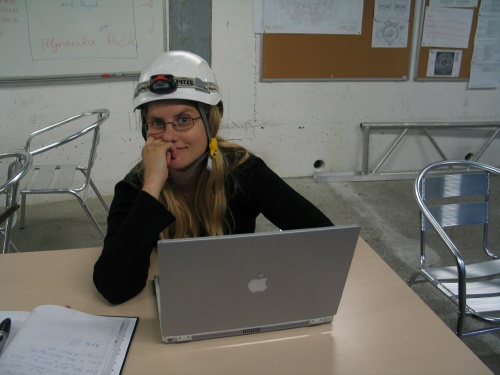Subscribe to the newsletter
[x]
Stay in touch with the scientific world!
Know Science And Want To Write?
Apply for a column: writing@science20.com
Donate or Buy SWAG
Please donate so science experts can write
for the public.
At Science 2.0, scientists are the journalists,
with no political bias or editorial control. We
can't do it alone so please make a difference.
We are a nonprofit science journalism
group operating under Section 501(c)(3)
of the Internal Revenue Code that's
educated over 300 million people.
You can help with a tax-deductible
donation today and 100 percent of your
gift will go toward our programs,
no salaries or offices.
- Vaccines Have Saved 101 Million Infants In 50 Years, Europe Needs To Let That Happen In Agriculture Too
- California Politicians Lower The 'Erin Brockovich' Chemical And Cheer Saving 0 Lives
- Biden's Nursing Home Mandate Will Do To Rural Senior Care What Obamacare Did To Hospitals
- There Are No Non-GMO Strawberries
- EPA Debunks Environmentalist Claims That Acephate Causes Autism
- Oil Kept Congo From Starving - Western Academics Don't Seem To Like That
- Despite Little Demand, 2024 Electric Car Sales Will Be Up To 17 Million, Says Advocacy Group
Interesting insights from outside Science 2.0
© 2024 Science 2.0














